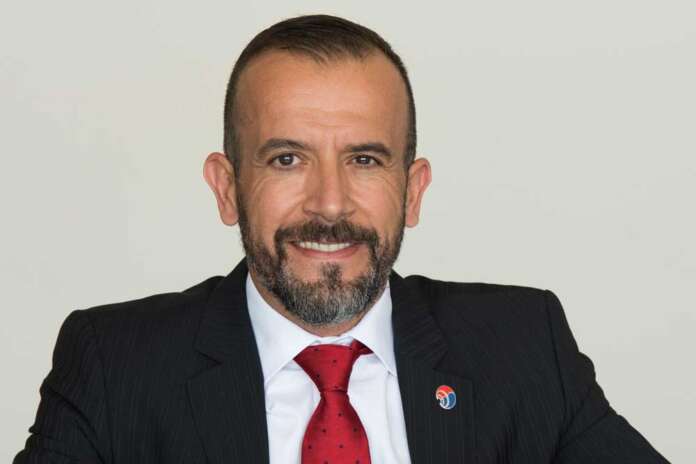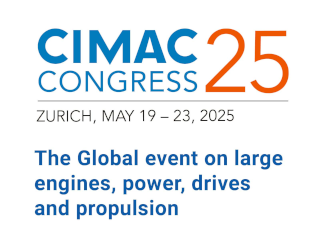
In the Ballast Water Management System [BWMS] market, complexity reigns supreme. Picking the most effective solution for your vessel or fleet is not clear cut – and not all systems are made equal.
By Konstantinos Stampedakis, Managing Director – Erma First
[ds_preview]The most popular systems include: Full-flow electro-chlorination technology, ultra-violet technologies, side-stream ballast water systems and systems without filters. We’re passionate about delivering an excellent customer-centric offering. And with that in mind, we truly believe that a full-flow electro-chlorination proposition is the best all-round approach for ship owners.
Research from shipbrokers Clarksons (August 2020 BWTS Report) already suggests that 46% of the world’s merchant ships have installed electro-chlorination and 25% ultra-violet systems. Given the inherent flexibility of full-flow electro-chlorination, we’re not surprised. The salinity and clarity of waters in which a vessel operates can seriously affect the ability of a BWMS to work effectively and efficiently.
But a full-flow electro-chlorination system – supported by filtration – can manage large volumes quickly with low power consumption. Fundamentally, turbidity and low ultraviolet transmissivity do not present the same challenges to an electro-chlorination system as they do to a UV system. Ultra-violet lamp-based systems remain popular in the marketplace. But a little known issue is the significant constraints they place on ship cargo operations. And, when it comes to side-stream ballast water management systems, the cargo carrying capacity can be impacted due to the need to carry salt water.
This affects the ship’s trim and further imposes a cargo penalty. Put simply, a continuous loss for the owner of the vessel is always on the cards. This is because they are obliged to always carry less cargo to ensure that the BWTS will work. And that’s not all. Side-stream systems also pose a compliance risk when a filtration stage is not prevalent. The Erma First Fit BWTS is a filter full-flow configuration, which comprises of a filter stage followed by full flow electro-chlorination.
Sea water is used in the disinfection stage to generate the requisite amount of disinfectant through the electrolysis of the filtered ballast water. Our system also utilises special anodes that allow a broad environmental envelope of operation. Our offering is designed with compliance and a global focus in mind. Tested and certified with three different 40µm basket filters – along with exceeding the dis-charge standards as defined by the IMO and USCG – makes our full-flow electro-chlorination technology future proof.
In short, electro-chlorination systems have set the standard for effective ballast water treatment. This is corroborated by market data, which clearly demonstrates the compatibility of electro-chlorination with the full range of vessels. The research is clear. Filter full flow electro-chlorination delivers unmatched operational flexibility compared to the hidden limitations and operational risks of other technologies. Read our detailed white paper on electro-chlorination here.
















